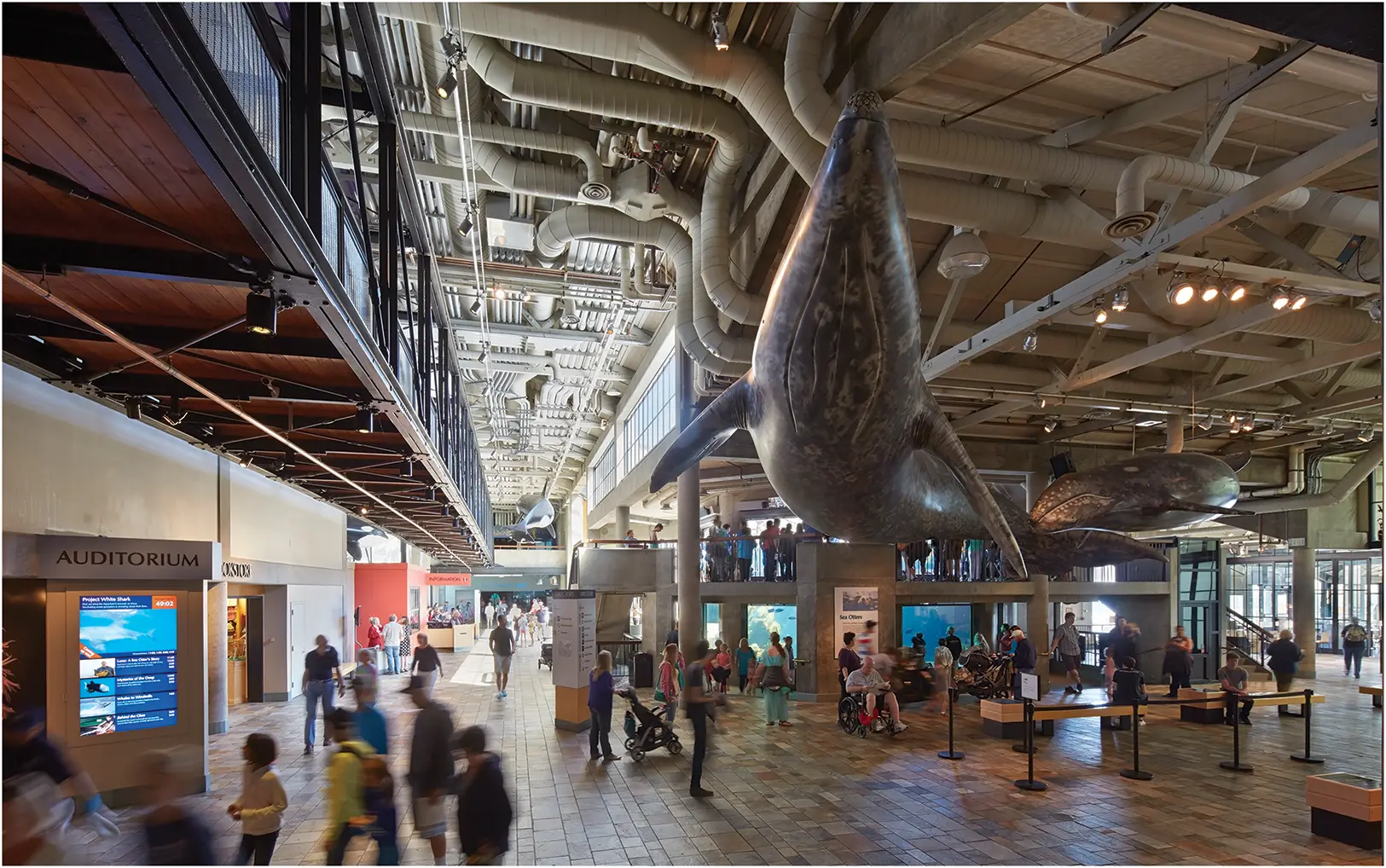Ken Sanders - Voices of Design Leadership
Здесь есть возможность читать онлайн «Ken Sanders - Voices of Design Leadership» — ознакомительный отрывок электронной книги совершенно бесплатно, а после прочтения отрывка купить полную версию. В некоторых случаях можно слушать аудио, скачать через торрент в формате fb2 и присутствует краткое содержание. Жанр: unrecognised, на английском языке. Описание произведения, (предисловие) а так же отзывы посетителей доступны на портале библиотеки ЛибКат.
- Название:Voices of Design Leadership
- Автор:
- Жанр:
- Год:неизвестен
- ISBN:нет данных
- Рейтинг книги:3 / 5. Голосов: 1
-
Избранное:Добавить в избранное
- Отзывы:
-
Ваша оценка:
- 60
- 1
- 2
- 3
- 4
- 5
Voices of Design Leadership: краткое содержание, описание и аннотация
Предлагаем к чтению аннотацию, описание, краткое содержание или предисловие (зависит от того, что написал сам автор книги «Voices of Design Leadership»). Если вы не нашли необходимую информацию о книге — напишите в комментариях, мы постараемся отыскать её.
Voices of Design Leadership
Voices of Design Leadership
Voices of Design Leadership — читать онлайн ознакомительный отрывок
Ниже представлен текст книги, разбитый по страницам. Система сохранения места последней прочитанной страницы, позволяет с удобством читать онлайн бесплатно книгу «Voices of Design Leadership», без необходимости каждый раз заново искать на чём Вы остановились. Поставьте закладку, и сможете в любой момент перейти на страницу, на которой закончили чтение.
Интервал:
Закладка:
Phil Harrisonand I became friends through our participation in the Design Futures Council, where we both serve as Senior Fellows. As CEO of Perkins&Will, Phil is a leader with contagious energy who has piloted the firm’s impressive growth for over two decades.
Prior to starting this book, I spoke to Rafael Viñolyjust once in 2007. At the time, we were both working on the CityCenter development in Las Vegas for MGM Resorts International. How did we meet? After a full day of client meetings, I gave him a ride to the airport. Our brief but memorable conversation in transit – as well as his eponymous firm’s impressive portfolio of award-winning projects – encouraged me to reconnect.
To round out the group of sixteen, I reached out to design leaders I had never met before, based on their personal reputation and published work. They include Colin Koop, Design Partner at Skidmore, Owings & Merrill; Ana Pinto-Alexander, Health Interiors Principal at HKS; Mustafa Chehabeddine, Principal at KPF; and Mariko Masuoka, Design Principal at Pelli Clarke & Partners.
Two design leaders have firmwide oversight responsibilities in sustainability or research: Margaret Montgomery, Principal and Global Sustainable Practice Leader at NBBJ, and Billie Faircloth, Partner and Research Director at KieranTimberlake. And Nader Tehraniwears two design leadership hats: one as the Founder and Principal Designer at NADAAA, and the other as Dean of the Irwin S. Chanin School of Architecture of The Cooper Union.
Finally, one of the most inspiring leaders I was privileged to meet is also the youngest: Alan Ricks, Founding Principal and Chief Design Officer of the non-profit MASS Design Group, the firm honored by the AIA with the 2022 Architecture Firm Award. His innovative practice brings integrated design and construction services to communities around the world that need them the most and are in the least advantaged position to obtain them.
Together, the sixteen leaders represent a wide variety of demographics, firm types, roles, and expertise. Their individual journeys demonstrate there are many paths to career success. My sincere hope is this book will help educate and inspire our next generation of design leaders, particularly women, people of color, and immigrants, and I am profoundly grateful to each of the sixteen design leaders for participating.
The Work
My first book, The Digital Architect , was published in 1996 and focused on the emergence of digital technology in the architecture profession. In its final chapter, “Atoms Versus Bits,” I wrote about my experience working on the Monterey Bay Aquarium at EHDD. I was initially hired by the firm to build a 1/8-inch-scale physical model of the aquarium and subsequently drew all of the construction document floor plans, reflecting ceiling plans, building sections, and interior elevations. None of this, by the way, was done with computers.
I was also provided the opportunity to detail the acrylic viewing windows for the aquarium’s large saltwater tanks, one of which is a two-level otter habitat adjacent to the main entrance lobby. As I wrote in the book’s concluding paragraphs:
I visited the aquarium for the first time in 1984 soon after it opened. Today, almost twelve years later, I can describe the exact location where I stood shortly after I walked into the aquarium and saw a young girl, perhaps six or seven years old, with her nose pressed against the two-story acrylic panel of the otter tank, watching with delight and amazement as the otters zoomed past her. I stopped and watched for minutes. The girl’s nose didn’t leave the acrylic, my feet didn’t leave the floor, and my eyes didn’t leave her. The condensation of her breath on the acrylic took a minute to evaporate when she finally unglued her nose and ran over to her parents to share her discoveries.
My contribution to the aquarium and its otter tank was a small one, but it still felt fantastic to have participated in adding a measure of joy to that young girl’s life. It may sound silly, but to this day, those few minutes standing in the lobby of the Monterey Bay Aquarium twelve years ago remain one of my most profound experiences as an architect.
After all, experiencing and touching the atoms of a building, and seeing others do so, is still the most compelling reward for those who participate in its design and construction – even the digital architect.
Almost forty years after my first visit, I remember exactly where I stood that day. I will never forget the moment. I have since enjoyed other memorable experiences at projects to which I contributed, such as Cirque Du Soleil acrobats performing at CityCenter in Las Vegas, Nevada; children exploring the interactive exhibits at California Science Center in Los Angeles, California; skiers warming up around stone fireplaces at Deer Valley Resort’s Silver Lake Lodge in Park City, Utah; and families gathering in the lobby of OHSU Doernbecher Children’s Hospital in Portland, Oregon.

The Monterey Bay Aquarium. Its two-story otter habitat is center-right, below the gray whales. Photo Credit: Photo by Bruce Damonte.
In contrast to The Digital Architect , which focused on design technology, this book is focused on design leadership. Each explores a different dimension of practice, but both embrace the same intention: improving the lives of individuals, families, and communities through design. As a result, Voices of Design Leadership includes not only conversations with sixteen design leaders, but also forty projects that represent milestones of their professional journeys.
A few examples: the first US museum dedicated to the victims of racial terror lynching (The National Memorial for Peace and Justice, by MASS Design Group); a mass timber high-rise (Canada’s Earth Tower, by Perkins&Will); a residential campus for adults with autism (Sweetwater Spectrum Community, by Leddy Maytum Stacy Architects); a lifecycle assessment software application (Tally ®, by KieranTimberlake); an autonomous robot prototype (Baby Groot™, by Walt Disney Imagineering); and extraterrestrial housing (Moon Village, by Skidmore, Owings & Merrill).
Other projects include airports, office buildings, education campuses, health care facilities, multi-family housing, mixed-use developments, an exhibition center, a superhero campus, an inter-faith spiritual center, a transit station, a single-family home, and a Castle of Magical Dreams. On Earth, the project sites are located in twelve US states and nine other countries around the world: Canada, Hong Kong, Japan, Kuwait, Rwanda, Singapore, United Arab Emirates, United Kingdom, and Venezuela. The built work totals over 22 million square feet (2 million square meters).
These are just a small sampling of projects by the firms whose leaders are profiled in this book and serve as wonderful examples of why we design and why we lead. Our shared purpose: to enhance the lives of those who live, work, play, learn, and heal in the environments we imagine, as well as the lives of the talented people who join together to make that happen.
The rewards of design leadership are many, but from my perspective, the ultimate measure of success how you leave the world a better place than you found it. Starting in Chapter 3, you will hear from sixteen leaders who are working hard to do that every day.
Chapter 2 Patterns of Design Ecosystems
Интервал:
Закладка:
Похожие книги на «Voices of Design Leadership»
Представляем Вашему вниманию похожие книги на «Voices of Design Leadership» списком для выбора. Мы отобрали схожую по названию и смыслу литературу в надежде предоставить читателям больше вариантов отыскать новые, интересные, ещё непрочитанные произведения.
Обсуждение, отзывы о книге «Voices of Design Leadership» и просто собственные мнения читателей. Оставьте ваши комментарии, напишите, что Вы думаете о произведении, его смысле или главных героях. Укажите что конкретно понравилось, а что нет, и почему Вы так считаете.












